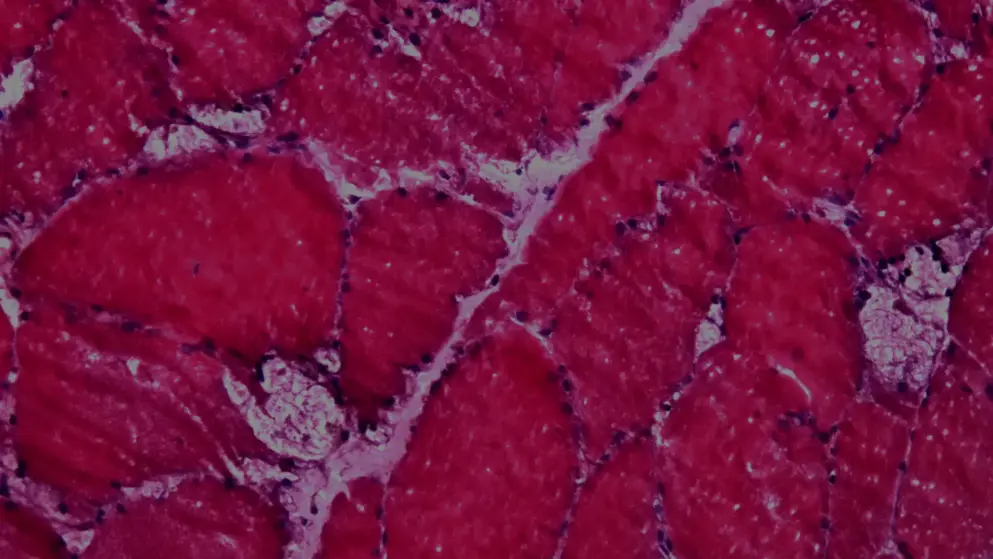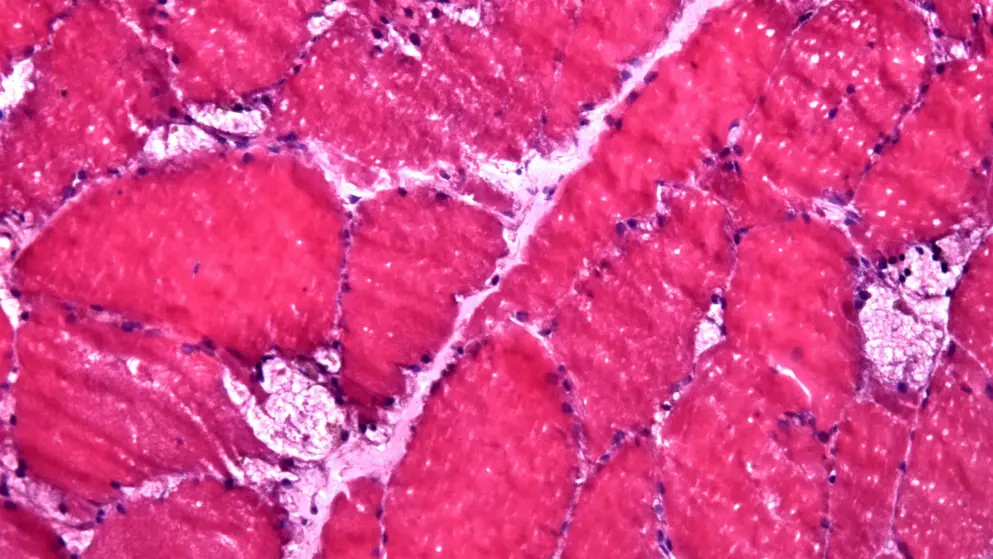
Pompe disease
Pompe disease: A debilitating, rare disease
Pompe disease is a rare, autosomal recessive inherited disease, in which mutations in the GAA gene lead to absent or reduced levels of the lysosomal enzyme acid alpha-glucosidase. Deficient activity of this enzyme leads to accumulation of glycogen, primarily in muscle tissue. The clinical presentation of Pompe disease typically involves weakness in cardiac and skeletal muscle.
Pompe disease is classified as early (infantile-onset; IOPD) or late-onset (LOPD). IOPD presents with severe cardiac dysfunction (e.g., hypertrophic cardiomyopathy) and respiratory insufficiency, and is commonly fatal within 1 year of age without treatment. LOPD typically presents with a pattern of symmetric limb-girdle muscle weakness. It can manifest at any age after 1 year.
Best-practice management of Pompe disease is multidisciplinary, and involves early identification (e.g., newborn screening), blood sampling, symptomatic care, assessing for complications, and disease-modifying treatments, such as enzyme replacement therapy.
Unmet needs in Pompe disease
- Alleviating the clinical and socioeconomical burden of Pompe disease
- Early Pompe disease diagnosis, awareness of its signs, symptoms, and common misdiagnoses, and multidisciplinary strategies for diagnostic confirmation
- Optimisation of Pompe disease treatments, including enzyme replacement therapy
- Routine implementation of multidisciplinary disease monitoring over time
Independent, grant-supported education for Pompe disease
of interest
are looking at
saved
next event





